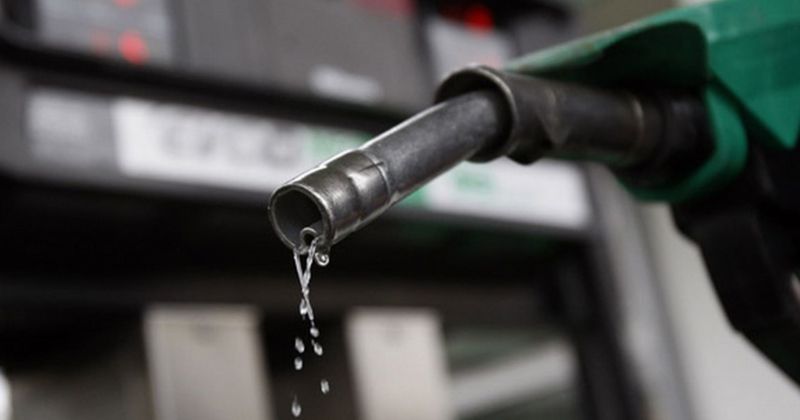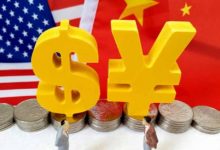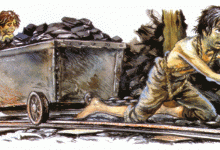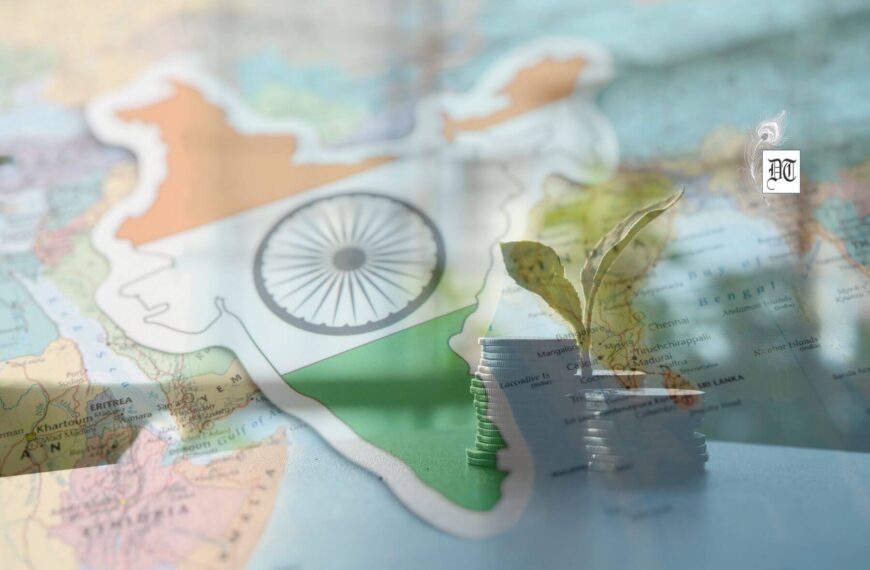It is appalling to see the authorities openly stating that the time had not come to cut excise duty as global crude prices had not reached that high. Embarrassingly, the Minister of Petroleum and Natural Gas has been repeating parrot-like that the government is weighing all the options sans disclosing what those options are. Here’s an analysis, for Different Truths.
The relentless spurt in global crude prices breaching 80 dollars per barrel in recent days and the concomitant inexorable increase in domestic petrol and diesel prices have once again highlighted how brittle is India ’s energy security and how precious little the authorities had done to bring the situation to this brink! It is easier for former Finance Minister Palaniappan Chidambaram to shoot off a series of tweets that it is possible to cut up to 25 rupees per litre (as the government saved 15 rupees on every litre of petrol due to fall in crude oil prices with the Centre putting additional tax of 10 rupees) in taxes but it will cheat the people by cutting price by one or two rupees. It may be recalled that when global crude prices crashed a couple of years ago, coinciding with the return of the NDA to power in 2014, the government raised the excise duty on fuel as many as nine times between November 2014 and January 2016. Apart from the oil bonanza, it was able to reap because of reduced import prices, the economy’s macroeconomic fundamentals too saw robust developments with a distinct improvement in current account deficit (CAD) owing to the steep fall in crude import bill.
On the other hand, the excise collections from auto fuel, which were less than a lakh crore in 2014-15, zoomed to 2, 42,691 crores in 2016-17. The state government collections through value-added tax (VAT) and sales tax on the petro products, which were 1,37,157 crore in 2014-15 grew to 1, 66,378 crores in 2016-17. To be fair to the Centre, it cut the central excise duty on petrol and diesel by two rupees per litre effective from October 4, 2017, once to exert downward pressure on the retail selling price. But it felt little compunction in asking the states to cut the VAT on this, though this is a major avenue for revenue to them and the growth in VAT had not been that spectacular as was the case with the Centre, which made nine hikes in excise duty when the global crude prices were falling!
Be that as it may, the twitter blast by the former Finance Minister on Wednesday is timed when the Ministry of Petroleum is meeting the oil companies to discuss the issue of incessant increase in the prices of petrol and diesel since May 12, which were kept ‘artificially static’ by the oil companies for the Karnataka elections. That the fuel prices are piercing the roof and are set to spoil the halting recovery of the economy from the post-tsunami of demonetization in November 2016 and the ill-prepared roll out of the Goods and Services Tax (GST) from July last have now become passé. With another round of state polls in crucial BJP-ruled states such as Madhya Pradesh, Rajasthan and Chhattisgarh being in the offing, to be followed by the General Elections in May 2019, the ruling dispensation can ill-afford to remain quiet on the cruelest form of taxation such a savage hike in fuel prices would trigger on general inflation to the discomfort of aam aadmi.
It is also appalling to see the authorities openly stating that the time had not come to cut excise duty as global crude prices had not reached that high. Embarrassingly, the Minister of Petroleum and Natural Gas has been repeating parrot-like that the government is weighing all the options sans disclosing what those options are that could cushion the public against the burgeoning burden cast by the basic industrial intermediate but an essential fuel for both production and consumption to all the stakeholders in the real sectors. For the record, the average crude oil price per barrel of the Indian basket of crude oil in the global market during the fiscal year 2017-18 has been fluctuating from a low of 46.56 dollars in June 2017 to a high of 67.06 dollars a barrel in January 2018 and since then the average monthly price is but heading north, making the inaugural months of 2018-19 the harbinger of hard days for the economy ahead if the consistent uptrend is not upended before long.
Leaving aside the politics and the preposterous games politicos play as fuel prices are on fire, the fact remains that the country’s oil industry has seldom been patronized as it should be in view of its scarcity value and indispensability for literally oiling the economy for its smooth functioning. It needs to be noted that Parliament enacted the Oil Industry (Development) Act, 1974 and the Oil Industry Development Board (OIDB) came into being in 1975. The Board’s remit was to provide assistance by way of making grants or advancing loans, providing guarantees on loans and deferred payments of oil industrial concerns, subscribing to the stock, shares, bonds, and debentures of oil industrial concerns. The assistance provided by the Board is for undertaking prospecting for and exploration of mineral oil within India, the establishment of facilities for production, handling, storage and transport of crude oil, refining and marketing of petroleum and petroleum products and other cognate matters.
Crude petroleum oil, produced in the country, attracts Oil Industry Development Cess. Revenue collection from this cess during the last three years was 14,655 crore rupees in 2014-15; 14,311 crore rupees in 2015-16 and 12,618 crore rupees in 2016-17, while they fetched 8,343 crore rupees in the nine months of 2017-18, according to Minister of State for Finance Shiv Pratap Shukla in a written answer in the Lok Sabha on March 23, 2018. The cess had been collected ever since the Act came into being but the money purported to be spent for the development of the oil industry exclusively was not wholly spent on it. This had been highlighted by the Parliamentary panel year after year and also the Comptroller and Auditor General of India (CAG) but successive Finance Ministers did not deem it fit to respond other than stating that the cess collected went into the Consolidated Fund of India for disbursal of general expenditure being incurred in the economic management. Of course, these expenditures include the humongous oil subsidy, partly drawn from this fund, besides making the national oil majors co-share the heavy burden. All these things were happening when India dismantled the administered pricing mechanism (APM) for petrol in 2003 and for diesel early this decade! It is small wonder that rating agency Moody’s Investors Service warned that the recent rise in crude oil prices, if sustained, heightens the risk that the Centre might intercede with the national oil companies Oil and Natural Gas Corporation (ONGC) and Oil India Ltd (OIL) to share the fuel-subsidy burden once more, although both the firms have not contributed to fuel subsidies since June 2015.
Prices of petrol and diesel have been made market-determined effective June 26, 2010, and October 19, 2014, respectively, with public sector oil marketing companies implementing a daily revision of retail selling price effective June 16, 2017.
With the nation reliant on imported oil for 80 per cent of its consumption and oil imports exacting 25 to 30 of the aggregate import bill, it is time a rational petroleum policy is put in place that accords primacy to development of indigenous production and taking stakes of oil acreage abroad, intensifying conservation to economize its indiscriminate and profligate consumption.
G. Srinivasan
©IPA Service
Photo from the Internet





 By
By

 By
By
 By
By